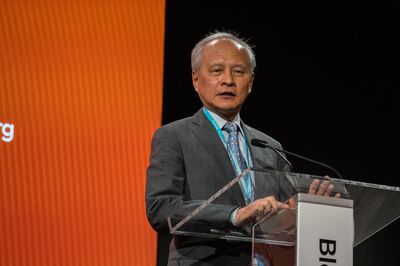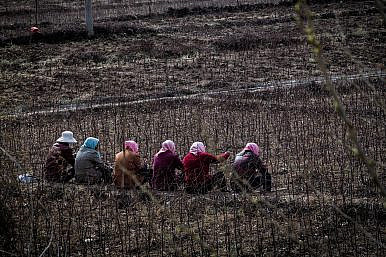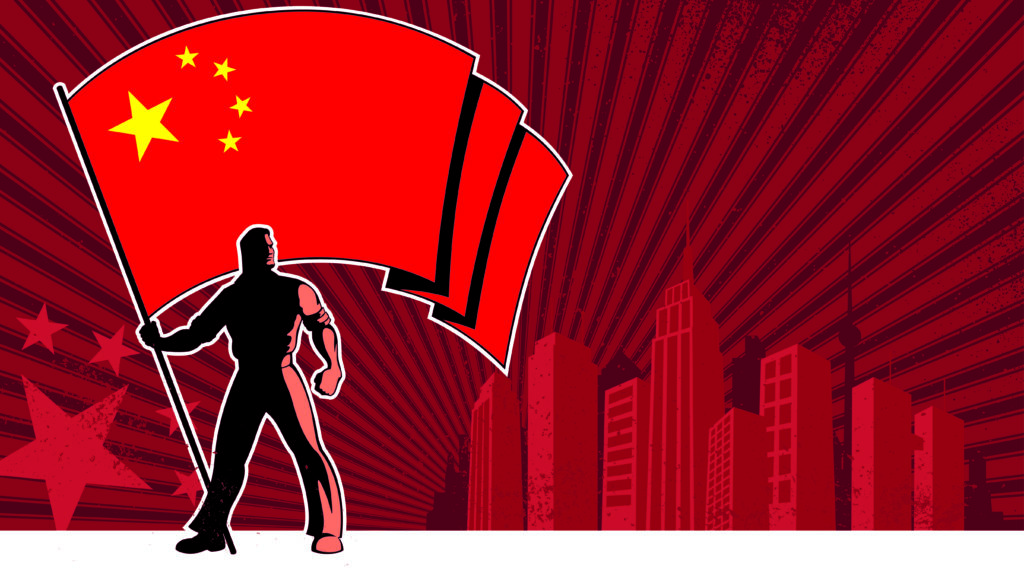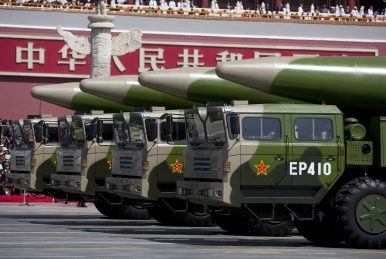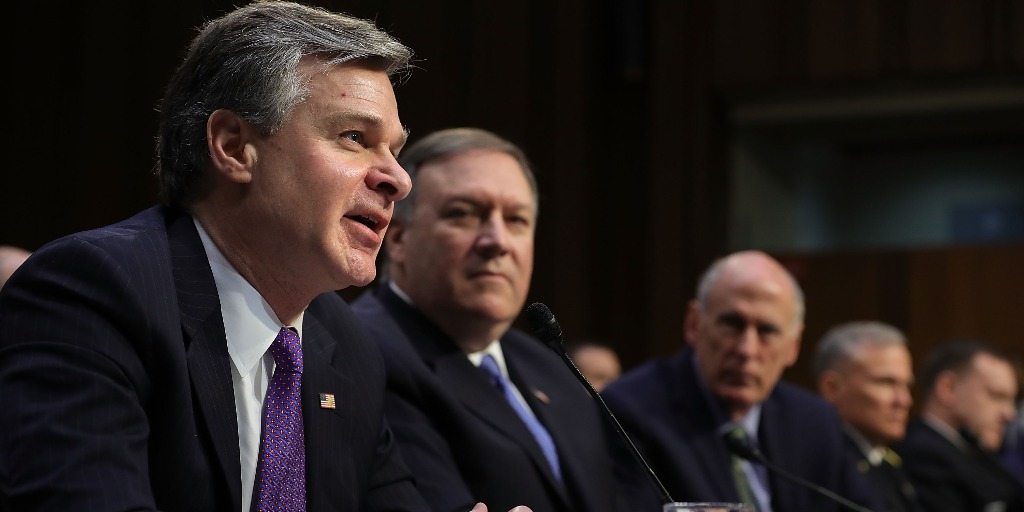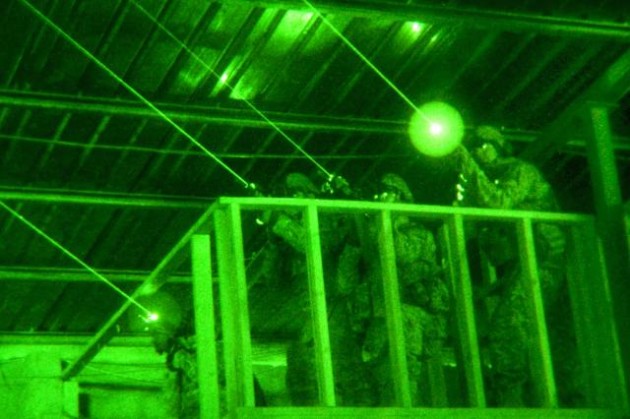By Christian Wagner and Siddharth Tripathi
 According to Christian Wagner and Siddharth Tripathi, the threat posed by China’s Belt and Road Initiative has induced significant shifts in India’s foreign policy. For instance, India has now adopted a willingness to cooperate with other states like the US within South Asia, meaning it has dispensed with its policy of viewing the region as its natural sphere of influence. Further, India is also addressing China’s challenge by intensifying its efforts to cooperate with other states across its extended neighborhood in Asia, something that could create new opportunities for Germany and Europe.
According to Christian Wagner and Siddharth Tripathi, the threat posed by China’s Belt and Road Initiative has induced significant shifts in India’s foreign policy. For instance, India has now adopted a willingness to cooperate with other states like the US within South Asia, meaning it has dispensed with its policy of viewing the region as its natural sphere of influence. Further, India is also addressing China’s challenge by intensifying its efforts to cooperate with other states across its extended neighborhood in Asia, something that could create new opportunities for Germany and Europe.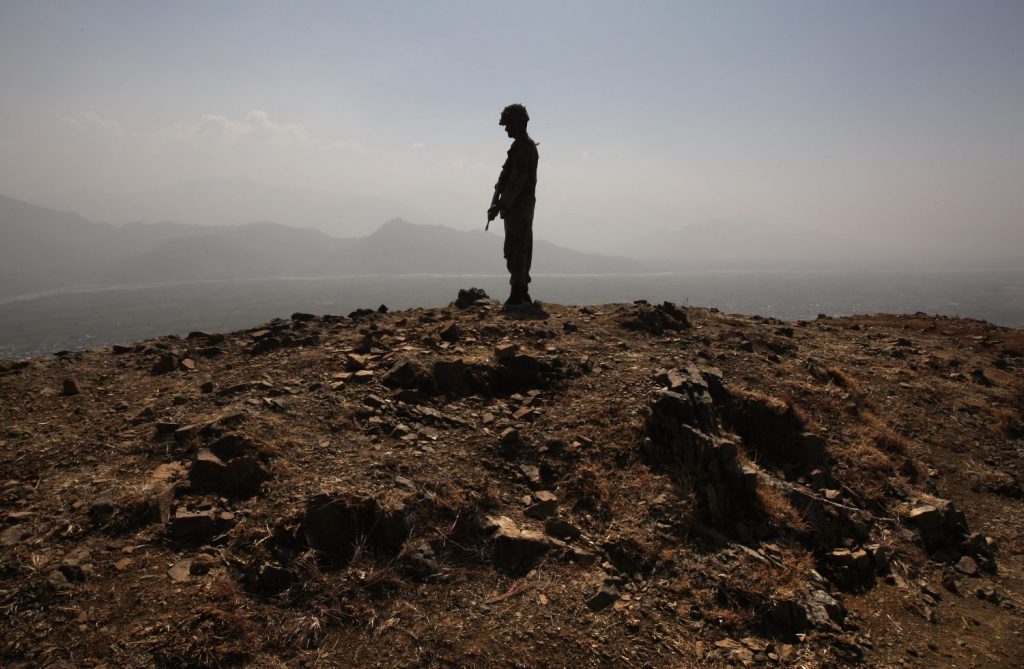
/arc-anglerfish-arc2-prod-mco.s3.amazonaws.com/public/K7DWBA2MZ5DK5AH4TRKGPRND4M.jpg)

